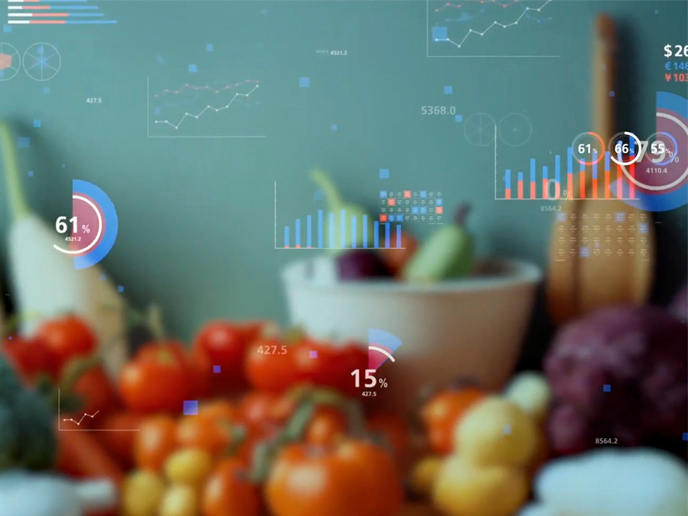Digital information tailored to personal preferences
Based upon the results generated by the GESΤALT project during the fourth-framework programme, GUARDIANS has identified the technology for the next generation of Information Management. In general terms, the model recognises that the users may have several information access devices, and that information providers collate information from content resources and channel it to end-users. Current access devices permit the end-user to search only one information provider for each resource. However this mediator acts as a broker and searches all the content resources of all metadata registered Information Service providers. This powerful feature enables the system to proof read all content resources because it is independent of metadata schemas. It does however rest upon metadata provided by IMS for education and training, and TV-Anytime and MPEG-7 specifications for the audiovisual and personalised TV applications. This system was also able to benefit from the commercial sector by introducing television-based learning to the IMS metadata schema. This allows the system to understand the end-users personal preferences and user motivations when they access a provision made available by a multitude of service providers. Supporting functionalities that digital and interactive TV users are already familiar with, users may watch one programme on any given subject and be offered an educational course on that subject. The system defines users into two categories; those who lean forward and actively interact with the system and those who lean back. The learning environment supports a messaging service enabling the users to participate in question and answers based for programmes and this is based upon IMS- Question and Test Interoperability (IMS-QTI) metadata specifications. Further, the system demonstrates the use of IMS-QTI in European broadcasting because it has the potential to present assessment material with TV based learning in a uniformed way. Additional developments have arisen due to the ability to exploit the results as soon as they have become available. This has caught the attention of such companies as British Telecom, BTexact Technologies and FD Learning, and it is envisaged that this will promote future development for the GUARDIANS mediation service. On the whole, the uniformed technology, the system interactivity, information filter processes and the ability to exploit results almost immediately, presents GUARDIANS with a very healthy future indeed.







